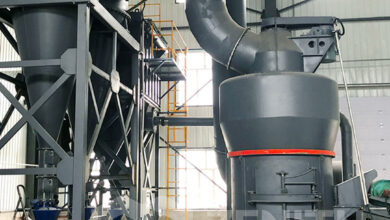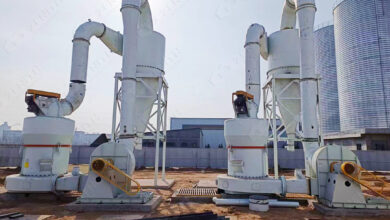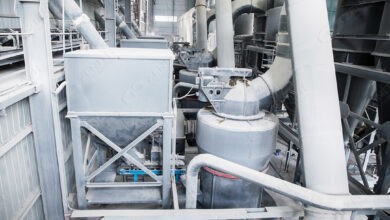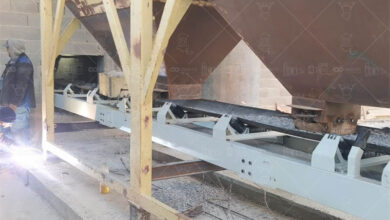How to Clean Residual Materials in Grinding Mills: Step-by-Step Guide
Introduction
Proper maintenance of grinding mills is essential for optimal performance and longevity. One critical aspect of maintenance is the thorough cleaning of residual materials that accumulate during operation. This guide provides a step-by-step approach to effectively clean grinding mills, ensuring efficiency and preventing contamination in subsequent batches.
Why Cleaning Grinding Mills is Important
Residual materials in grinding mills can lead to several issues, including reduced efficiency, contamination of new batches, and increased wear on mill components. Regular cleaning helps maintain consistent product quality and extends the lifespan of the equipment.
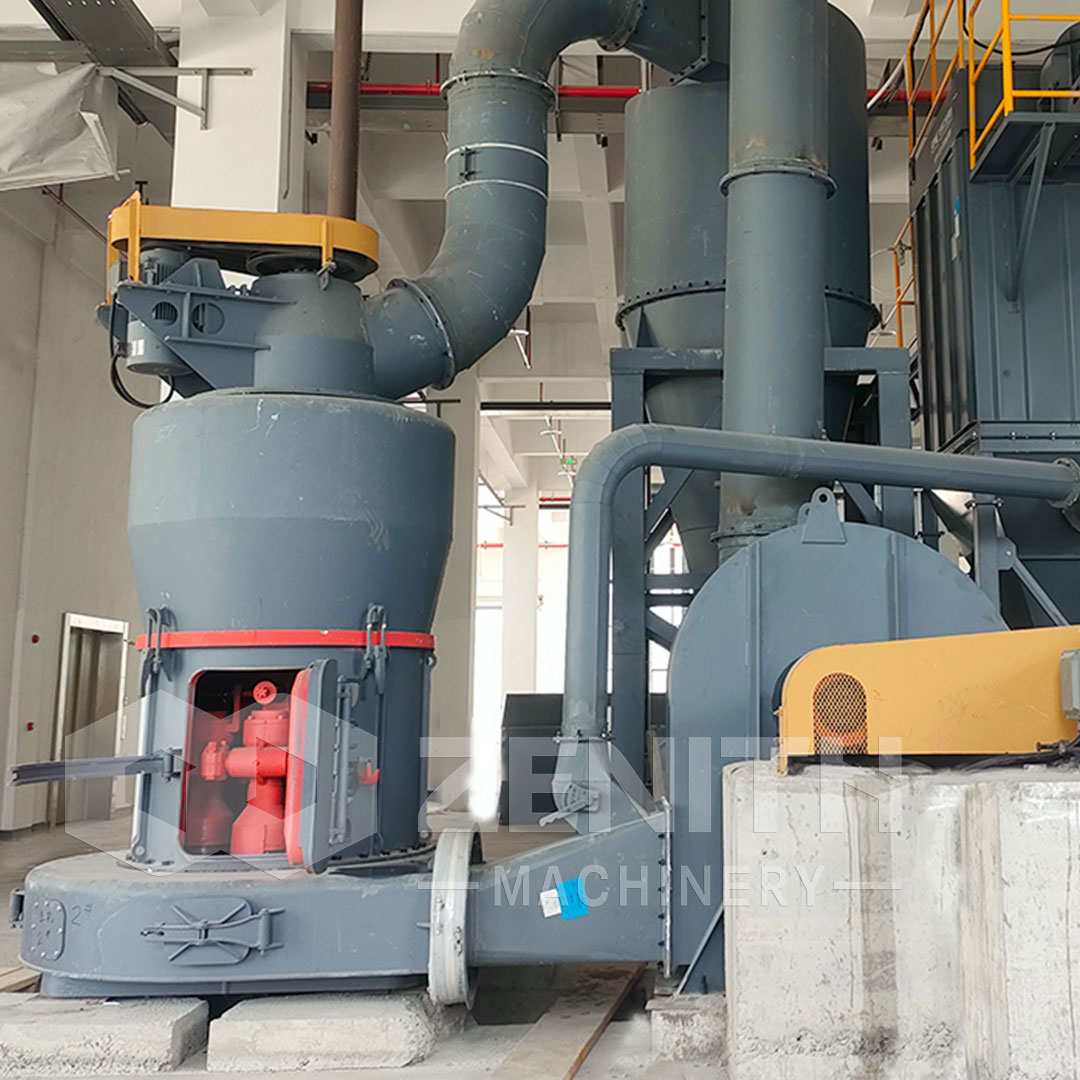
Step-by-Step Cleaning Process
Step 1: Shut Down and Isolate the Mill
Before starting the cleaning process, ensure the mill is completely shut down and isolated from power sources. Lockout/tagout procedures should be followed to ensure safety.
Step 2: Remove Large Residual Materials
Use appropriate tools to manually remove large chunks of residual materials from the mill. This step reduces the load on the cleaning equipment and prevents damage to the mill’s interior.
Step 3: Use Compressed Air or Vacuum Systems
For finer residues, use compressed air or industrial vacuum systems to remove dust and small particles. This step is crucial for mills processing fine powders, such as those produced by our XZM Ultrafine Mill, which achieves output fineness of 325-2500 mesh (D97≤5μm).
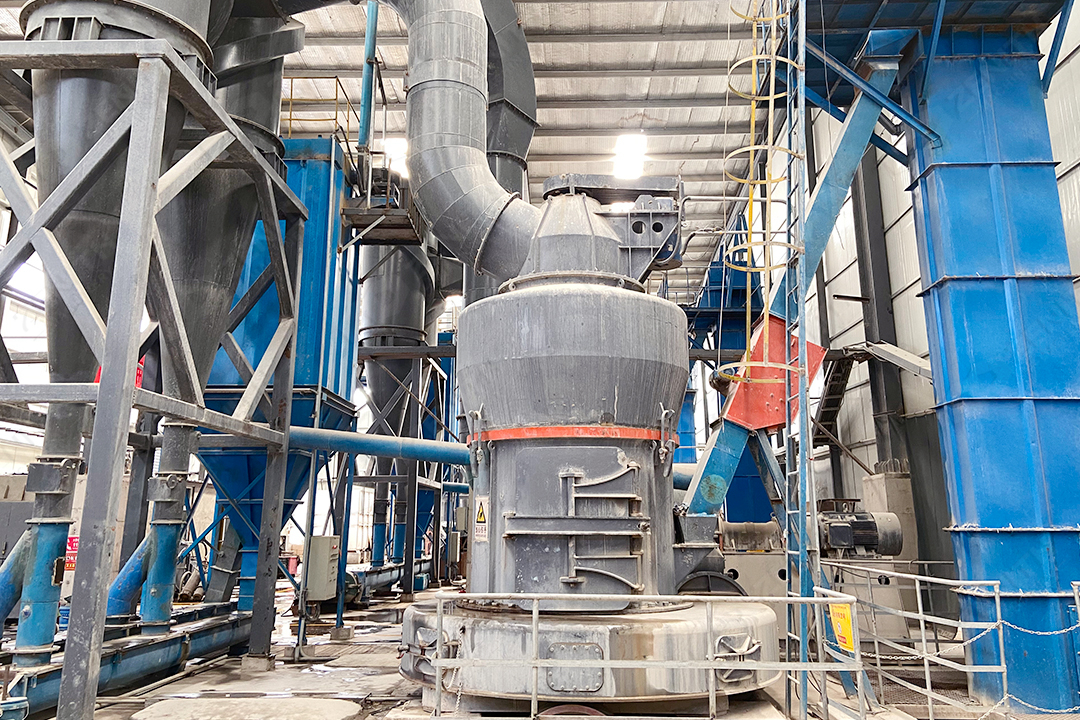
Step 4: Wash with Appropriate Cleaning Agents
Depending on the material processed, use suitable cleaning agents to dissolve and remove stubborn residues. Always follow the manufacturer’s recommendations to avoid damaging mill components.
Step 5: Inspect and Lubricate Components
After cleaning, inspect all components for wear and tear. Lubricate moving parts as necessary to ensure smooth operation. For mills like our MTW Series Trapezium Mill, which features advanced wear-resistant designs, regular lubrication is key to maintaining its high efficiency and 30% lower maintenance costs.
Step 6: Reassemble and Test Run
Once cleaning and inspection are complete, reassemble the mill and conduct a test run to ensure everything is functioning correctly. Monitor for any unusual noises or vibrations that might indicate residual contamination or assembly issues.
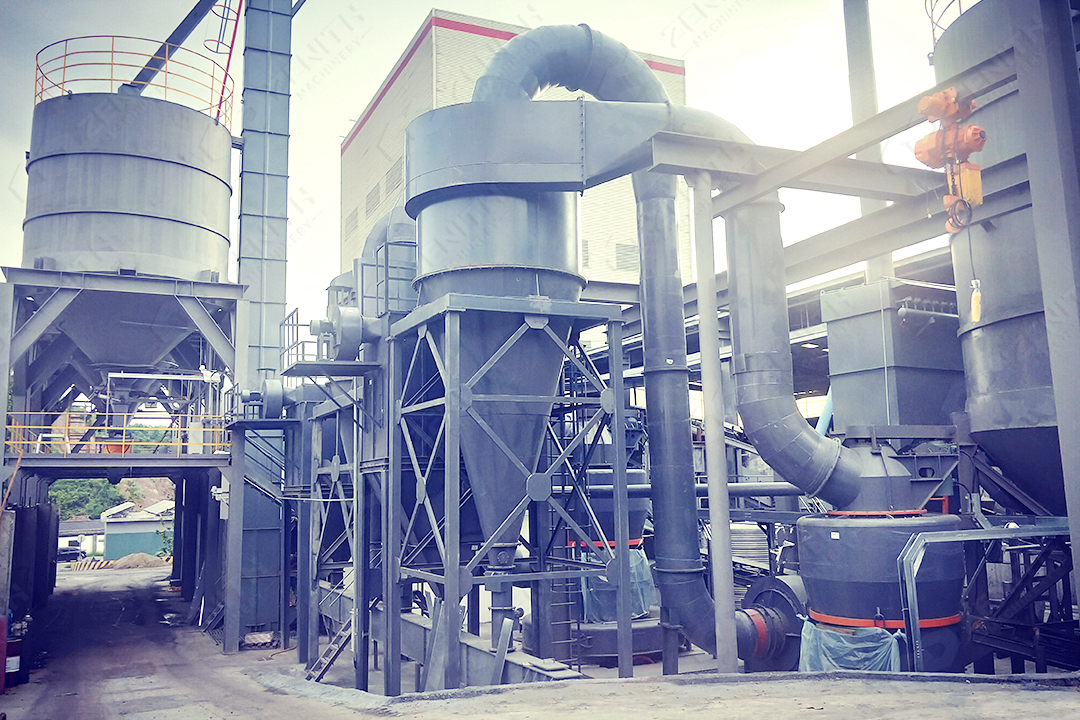
Recommended Products for Efficient Grinding
XZM Ultrafine Mill
Our XZM Ultrafine Mill is ideal for operations requiring fine and ultra-fine powder production. With its high-efficiency classification system and durable design, it minimizes residual accumulation, making cleaning easier and less frequent.
MTW Series Trapezium Mill
The MTW Series Trapezium Mill combines advanced grinding technology with robust construction. Its curved duct design reduces material retention, while the wear-resistant components ensure long service life with minimal maintenance.
Conclusion
Regular and thorough cleaning of grinding mills is essential for maintaining operational efficiency and product quality. By following these steps and utilizing high-quality equipment like our XZM and MTW series mills, you can ensure optimal performance and longevity of your grinding operations.


